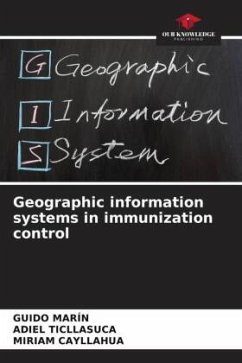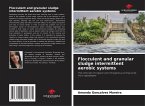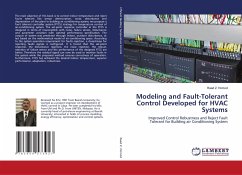The objective of this thesis was to determine how geographic information systems improve the immunization control process in children from 0-1 year of age in EsSalud Huancavelica; applied research at an experimental level with a pre-experimental design and experimental method. It had a population of 253 children from 0 to 1 year of age and a sample of 89 children. Using the checklist instrument for the variable geographic information systems (GIS) and an observation sheet in the GIS post-implementation follow-up process. And as results it is evidenced that they have hardware for GIS in the pre-implementation 100.00% (06) and Software for GIS 0.00% (00); after the post-implementation it is evidenced 100.00% (06) of hardware and 100% (06) of Software for GIS; as exposed elements there are 54.55% (06) nurses and 45.44% (05) nursing technicians. Regarding the compliance with the vaccination scheme during the pre-implementation with the GIS was 42.70% (38) children in the different vaccines programmed and in the post-implementation with the GIS it was 62.92% (56) and during the pre- and post-implementation with the GIS there was evidence of 03 cases of events supposedly related to the vaccination of children.
Bitte wählen Sie Ihr Anliegen aus.
Rechnungen
Retourenschein anfordern
Bestellstatus
Storno








